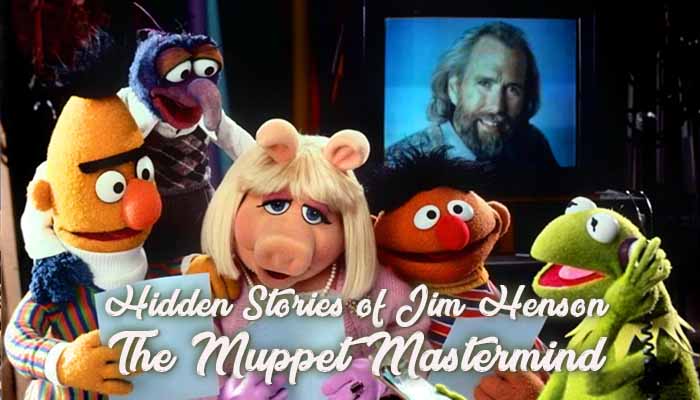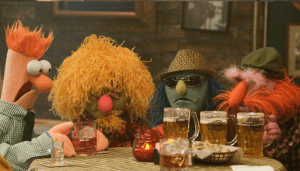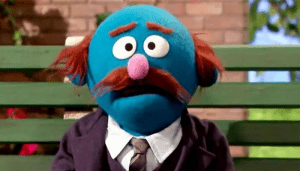Jim Henson is a name synonymous with creativity, innovation, and the beloved Muppets. As the creator of iconic characters like Kermit the Frog, Miss Piggy, Big Bird, and Cookie Monster, Henson revolutionized children’s television and puppetry, leaving an indelible mark on popular culture. While many are familiar with his most famous creations, there are numerous lesser-known facts about Jim Henson that reveal the depth of his genius, his unique personality, and the profound impact he had on the world. This article delves into the hidden corners of Henson’s life and career, shedding light on the man behind the magic.
1. Jim Henson’s Early Fascination with Television
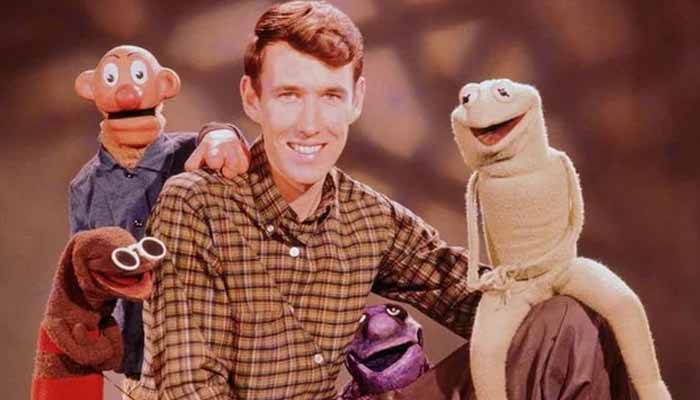
Jim Henson was born on September 24, 1936, in Greenville, Mississippi, and grew up in Hyattsville, Maryland. As a child, he was captivated by the emerging medium of television. In the 1950s, when TV was still in its infancy, Henson recognized its potential as a storytelling tool. He once said, “Television is basically teaching whether you want it to or not,” and he was determined to use it to educate and entertain.
Henson’s first foray into puppetry was almost accidental. While studying at the University of Maryland, he was asked to create a five-minute puppet show for a local TV station. Using scraps of fabric and materials from his mother’s sewing kit, he crafted his first puppets, including an early version of Kermit the Frog, made from a discarded coat and two halves of a ping-pong ball for eyes. This early experiment marked the beginning of Henson’s lifelong passion for puppetry and television, setting the stage for his future innovations.
2. Kermit the Frog Was Not Originally a Frog
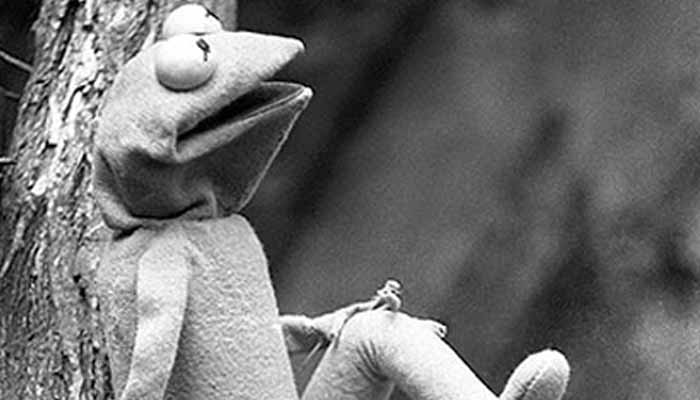
One of the most surprising facts about Kermit the Frog is that he wasn’t always a frog. When Henson first created Kermit in 1955 for his show Sam and Friends, the character was simply a lizard-like creature. Henson referred to him as a “puppet” or a “thing,” and it wasn’t until later that Kermit was explicitly identified as a frog. Even then, Henson joked that Kermit was “more of a middle-aged frog” with his laid-back personality and dry wit.
Kermit’s evolution into a frog was gradual. Over time, Henson added subtle details, such as webbed feet and a more amphibian-like appearance, to solidify Kermit’s identity. This transformation reflects Henson’s ability to adapt and refine his creations, ensuring they resonated with audiences. Kermit’s humble beginnings as a simple, abstract puppet highlight Henson’s ingenuity and resourcefulness.
3. Henson’s Innovations in Puppetry
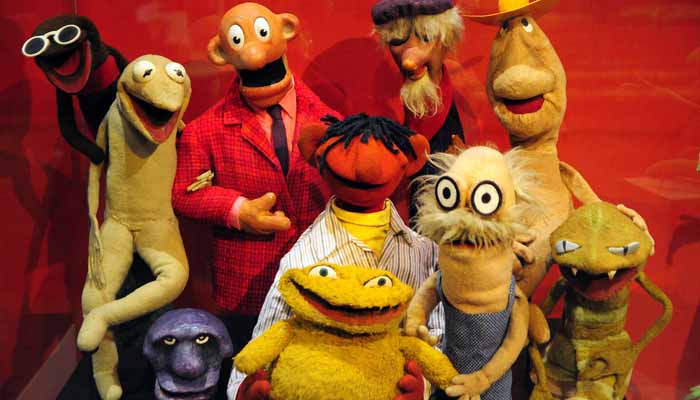
Jim Henson was a true innovator in the field of puppetry. He introduced several groundbreaking techniques that transformed the art form. One of his most significant contributions was the use of flexible, foam-rubber puppets with expressive faces, as opposed to the traditional wooden marionettes. This allowed for more lifelike movements and emotions, making the characters more relatable and engaging.
Henson also pioneered the use of “Muppet Performers,” who worked in teams to operate the puppets. One performer would control the head and mouth, while another would manipulate the arms and hands. This collaborative approach allowed for more dynamic and fluid performances, enabling the Muppets to interact with their environments in ways that had never been seen before.
Additionally, Henson developed the “Muppet Arm,” a rod-based mechanism that allowed puppeteers to control a character’s arms with greater precision. These innovations not only elevated the quality of puppetry but also expanded its possibilities, paving the way for the Muppets’ success on television and in film.
4. The Muppets Were Almost Called Something Else
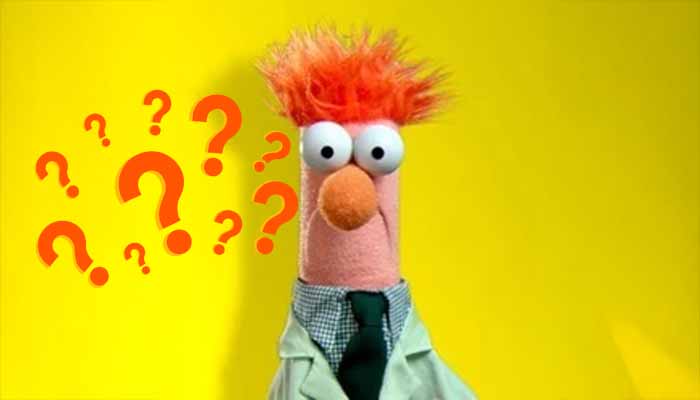
Before settling on the name “Muppets,” Henson considered several other options. One early contender was “Muffets,” a play on the nursery rhyme “Little Miss Muffet.” However, Henson ultimately combined the words “marionette” and “puppet” to create the term “Muppet,” which he felt captured the unique nature of his creations.
The name “Muppet” not only distinguished Henson’s puppets from traditional marionettes but also became a brand synonymous with creativity, humor, and heart. Over time, the term “Muppet” evolved to represent not just the characters but also the spirit of Henson’s work—playful, innovative, and deeply human.
5. Henson’s Work in Advertising
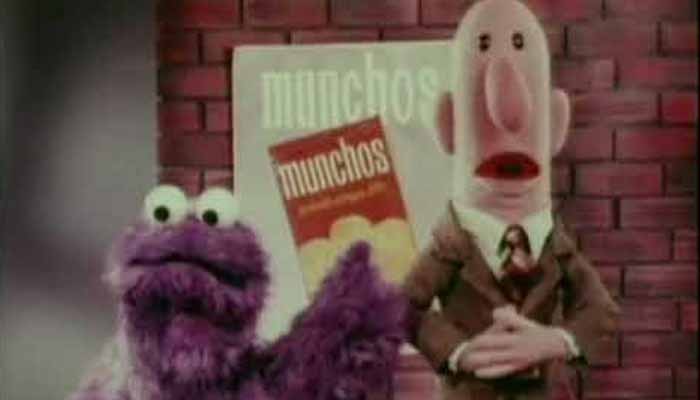
Before achieving fame with Sesame Street and The Muppet Show, Jim Henson made a name for himself in the world of advertising. In the 1960s, he created a series of whimsical commercials for Wilkins Coffee, featuring Muppet-like characters in humorous and sometimes darkly comedic scenarios. These ads were wildly popular and showcased Henson’s ability to blend humor with storytelling.
Henson also created the iconic “Muppet-style” ads for brands like Purina Dog Chow and IBM. His work in advertising not only provided financial stability but also allowed him to refine his puppetry techniques and develop his unique style. The success of these commercials demonstrated Henson’s knack for capturing audiences’ attention, a skill that would later propel the Muppets to international fame.
6. Henson’s Environmental Advocacy
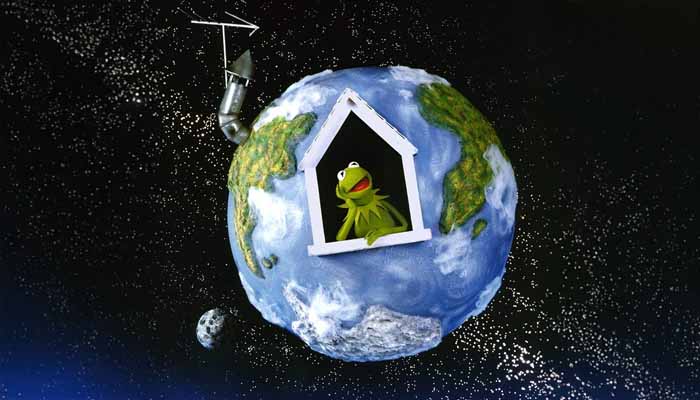
Jim Henson was deeply passionate about environmental conservation, a cause that often found its way into his work. In the 1980s, he produced The Muppets Celebrate Earth Day, a special that aired on ABC. He also collaborated with the World Wildlife Fund to create public service announcements featuring the Muppets, encouraging viewers to protect the planet.
Henson’s commitment to the environment extended to his personal life. He was an avid gardener and believed in living harmoniously with nature. His love for the natural world inspired many of the themes and settings in his shows, from the swampy origins of Kermit the Frog to the lush landscapes of Fraggle Rock. Through his work, Henson sought to instill a sense of wonder and responsibility for the environment in his audience.
7. The Darker Side of Henson’s Creativity
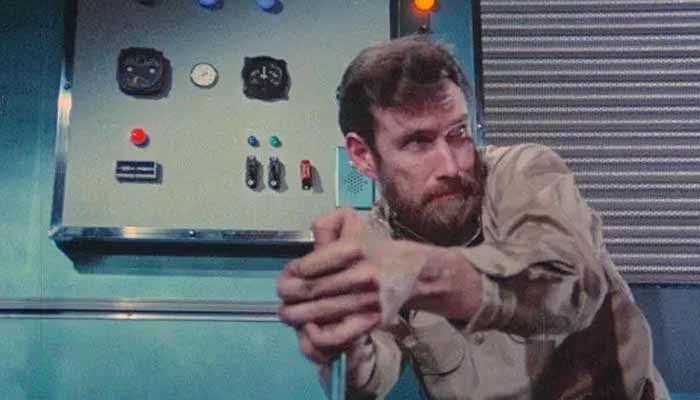
While Jim Henson is best known for his family-friendly creations, he also had a darker, more experimental side. In the 1960s, he produced a series of short films called Time Piece, which explored surreal and abstract themes. The film, which Henson wrote, directed, and starred in, was nominated for an Academy Award for Best Live-Action Short Film in 1966.
Henson also dabbled in adult-oriented projects, such as The Cube, a psychological drama that aired on NBC in 1969. These works showcased his versatility as an artist and his willingness to push creative boundaries. While they were not as widely recognized as his Muppet projects, they reveal a deeper, more introspective side of Henson’s artistry.
8. Henson’s Vision for The Muppet Show
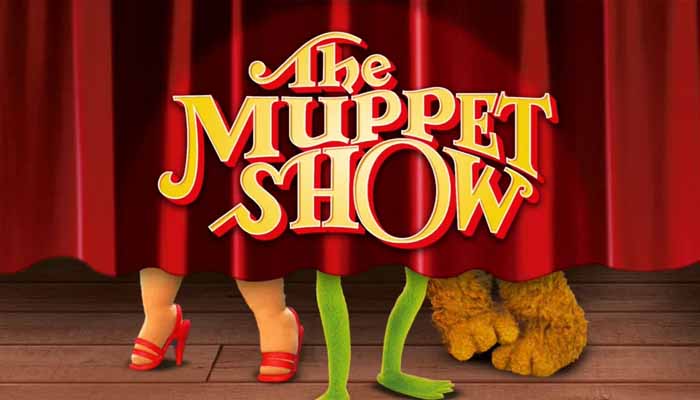
When The Muppet Show premiered in 1976, it was unlike anything audiences had ever seen. Henson envisioned the show as a variety program that would appeal to both children and adults, with clever humor, catchy songs, and a diverse cast of characters. However, the road to success was not easy. Many networks were skeptical of Henson’s concept, and it took years to find a producer willing to take a chance on the show.
Ultimately, The Muppet Show became a global phenomenon, earning critical acclaim and a devoted fanbase. It ran for five seasons and introduced iconic characters like Miss Piggy, Fozzie Bear, and Gonzo. The show’s success cemented Henson’s reputation as a visionary and demonstrated the universal appeal of his creations.
9. Henson’s Legacy in Film
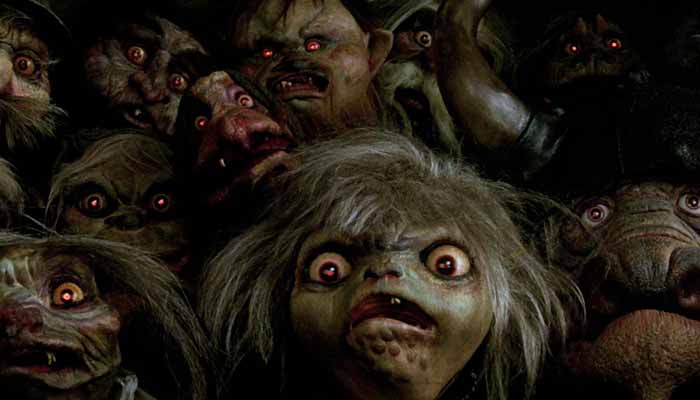
Jim Henson’s influence extended beyond television into the world of film. He directed The Dark Crystal (1982) and Labyrinth (1986), both of which showcased his talent for blending puppetry, storytelling, and visual effects. While these films were not initially box office successes, they have since gained cult status and are celebrated for their imaginative worlds and groundbreaking techniques.
Henson also served as an executive producer for Fraggle Rock, a beloved children’s series that explored themes of friendship, diversity, and environmentalism. Through his films and television projects, Henson pushed the boundaries of what puppetry could achieve, inspiring future generations of filmmakers and artists.
10. Henson’s Untimely Death and Enduring Legacy
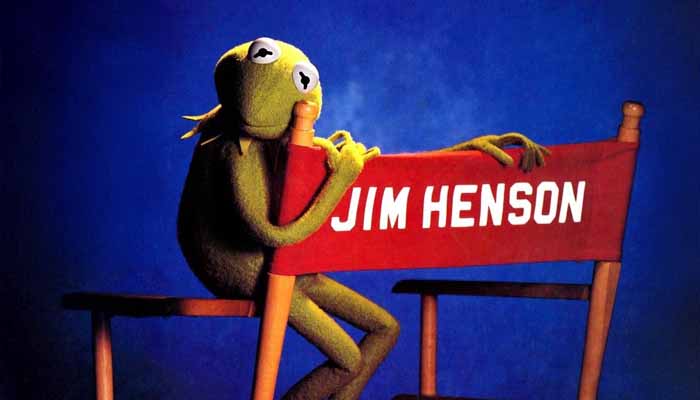
Jim Henson’s life was tragically cut short on May 16, 1990, when he passed away at the age of 53 from a severe bacterial infection. His death shocked the world and left a void in the entertainment industry. However, his legacy lives on through the Jim Henson Company, which continues to produce innovative and inspiring content.
Henson’s impact on popular culture cannot be overstated. His creations have entertained and educated generations of viewers, and his pioneering techniques have influenced countless artists and performers. In 2013, he was posthumously awarded the Disney Legends Award, a testament to his enduring influence.
Conclusion: The Man Behind the Magic
Jim Henson was more than just a puppeteer; he was a visionary who transformed the way we think about storytelling, entertainment, and education. His boundless creativity, unwavering optimism, and commitment to making the world a better place continue to inspire people of all ages. While many of his achievements are well-known, the lesser-known facts about his life reveal a man who was as complex and multifaceted as the characters he created. Jim Henson’s legacy is a reminder that with imagination, kindness, and a little bit of magic, anything is possible.

